Lambiek Fabriek Close Up

When opening a craft brewery you can reasonably expect cash to start flowing inwards within a few weeks of the kit being commissioned and the first mash being dug out. Not quite so straightforward when opening a new lambic brewery. It could be years before you make anything decent, and everyone else in the game has been at it for decades or even centuries. Being subject to the whims of nature is a risky investment strategy, but Jo and Jozef at Lambiek Fabriek have found nature’s favour and made it work to great success. We spoke to Jo to find out more about what it’s like to be a new producer working in this fascinating style.

Lambiek Fabriek as a concept has existed since 2008, it was formed on pub napkins after a long night with friends, as many of the best ideas are. ‘At the end of a session drinking gueuze and kriek in our Local we said “we can do this too, but better”. One of the guys' fathers made wine and had some demijohns, so we bought 20 litres of young lambic from Hanssens and we added cherries from the garden. After a few weeks the first carboy exploded because we didn’t know about refermentation/CO2. Lesson number one in making lambic.’ Undeterred by their explosive start Jo and his friends continued having fun with lambic, each contributing a small sum into an account per month to build up a fund to develop the project. Eventually growing from two carboys to half a dozen, buying more and more fruit, and more and more lambic. ‘At a certain point we had a lot of beer, way too much for our own use. So we asked ourselves, do we just have a massive barbecue and drink it all, or do we carry on and set up a blendery?’ Thankfully their taste for building a brewery outweighed their desire for kriek and ribs.
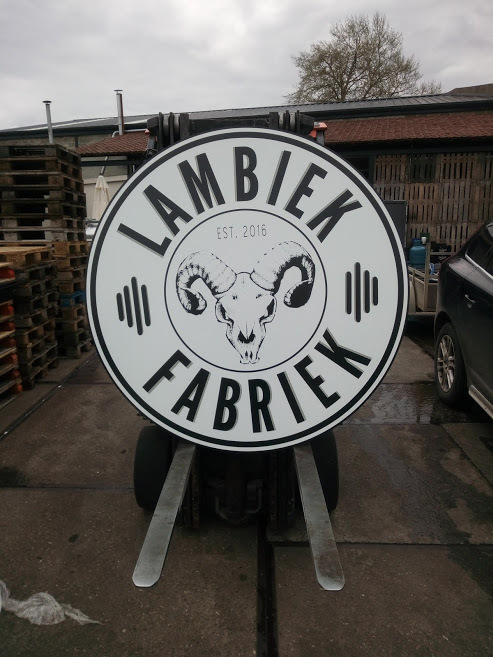
Committed to the project they acquired a space in Ruisbroek just South of Brussels, on Fabriekstraat, the street name would eventually give rise to the brewery name too. Critically though, they had no way to produce wort, and the bigger breweries that usually supply blenders weren’t taking on any new customers. This forced Jo to look at alternative options, and eventually they got speaking to Jos, the owner of Belgoo, a nearby brewery. ‘Jos was happy for us to make wort there, but wouldn’t allow us to have the coolship on his site as he was afraid of infection in his top fermented beers. So initially we transferred the still boiling wort to our new site, resulting in an accident filling the coolship. Although horrible, this convinced Belgoo to allow us to keep the coolship on their site, which we installed in the roofing just above the doorway.’

Working in someone else’s production site is challenging, and while it solved the immediate problem of wort production, they were entirely bound by trying to fit things around Belgoo’s schedule. Eventually once Lambiek Fabriek bought their first foeders and started working with fruit in the brewery they became cramped for space too. In 2021 they moved to their own unit, about a kilometre away, and have started producing wort at established lambic breweries De Troch and Lindemans. ‘Once a week we say to each other we need to get our own brewhouse, but Frank Boon told us it took him 15 years before he had his first brewery; so we need to be patient. This brewing season will end in April, in our planning we will do another season with external partners, and then our aim is for the brewing season 2023/2024 we will have our own brewhouse.’ In the immediate term, they’ve ordered four new foeders. ‘For us it’s key to have enough stock of lambic on barrels. Our aim is to invest more in foeders. The taste is more intense from small barrels, but foeders give more freshness to the lambic. We’ll always have both on hand for perfect blending. For our fruited beers we build a base from foeder aged beer, for the Gueuze and Kriek the majority is from barrels. Initially we thought ageing lambic in foeders was all about story telling and the preservation of romance, but the truth is they are effective.’
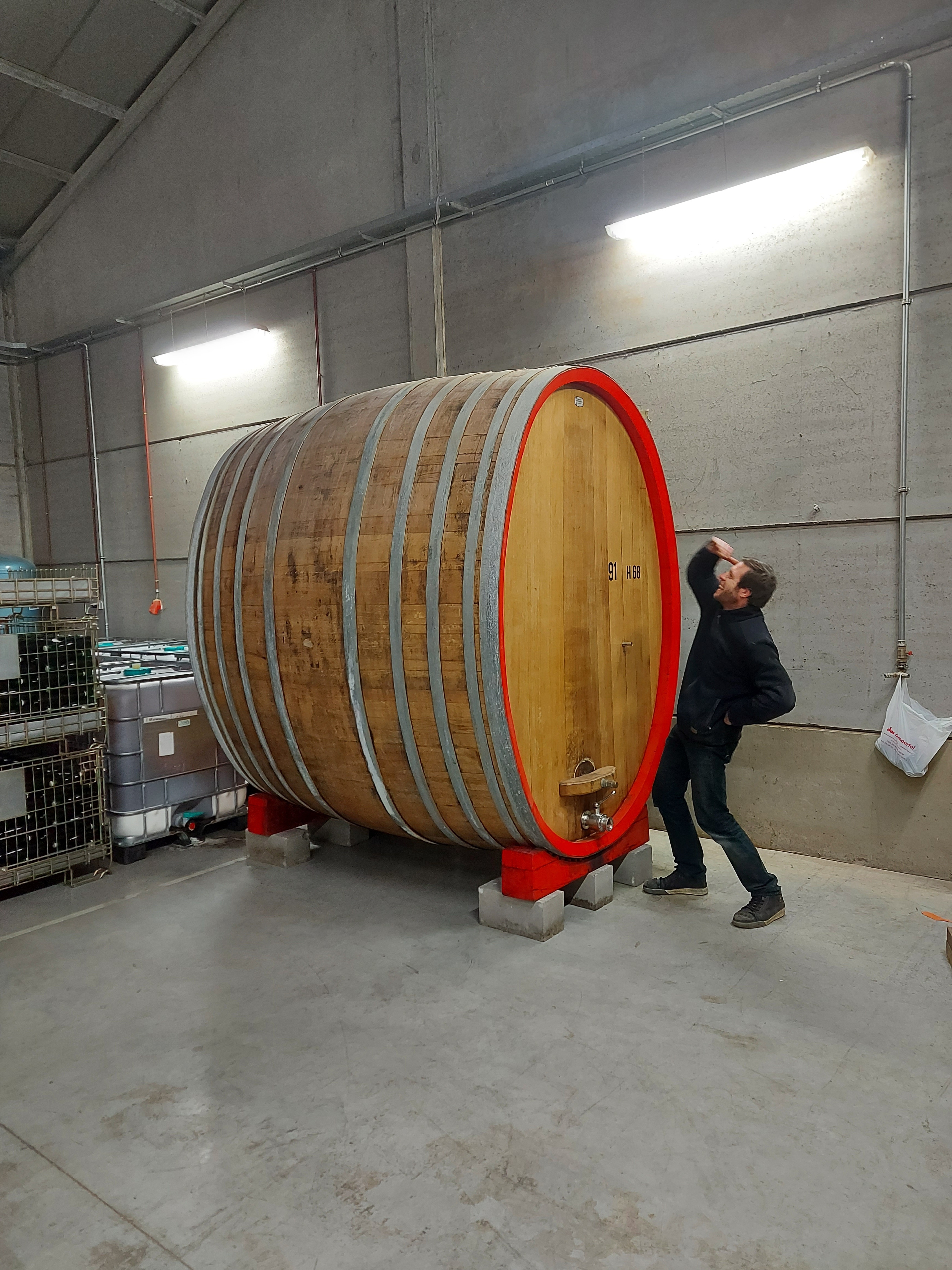
Although Lambiek Fabriek is a relatively new face on the lambic scene, they’re already playing their part in protecting the romance of the ancient style. Frank Boon is one of the only people in Belgium (if not the world) that knows how to take care of traditional lambic foeders, and Jozef took the opportunity to take lessons on maintenance and repair from this master of the art. ‘It’s like selling cars, but not knowing how to keep them running. Foeders are expensive, so if you buy one today you don’t throw it away if something goes wrong. If you treat it well, it’s for the next generation and even further onwards. Whereas a barrel of 400L, you can throw away and replace it easily.’
Entering an ancient field of expertise as a newcomer is extremely daunting, and almost impossible to make a difference from day one. Working with a product that has tightly defined methods and ingredients doesn’t make it any easier, Jo tries to find alternative ways to stand out from the growing crowd. ‘Lambic is very traditional in its production methods, and this is mirrored in the packaging. When we started we said our production would be traditional but our branding would be modernised. It’s difficult to really be innovative within lambic, but we play with barrels. We try to spend some time each day thinking about new things to do, but usually these conversations result in more questions than answers.’
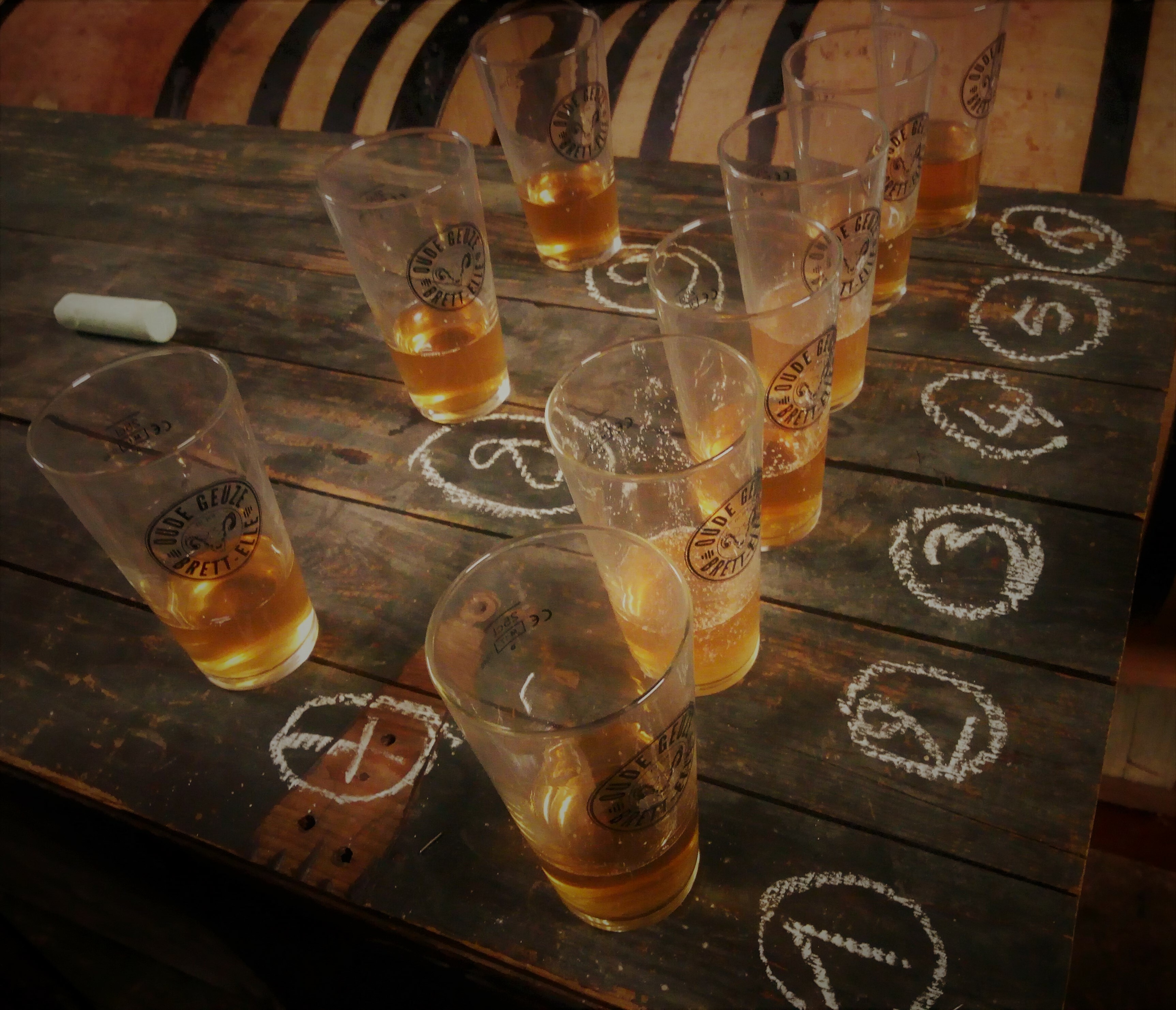
‘It takes a minimum of 1 year to make the lambic, so if you have good lambic, don't hide it behind fruit taste. We don’t make juice, we make lambic beer so you need to be able to taste it.'
As a base product lambic has an incredible depth of flavour to work with. Not as straightforward as a simple sour beer. Some producers tend towards a more lactic acidity, with others preferring the acetic end of the spectrum. On top of the acidity there are further complex notes resulting from the spontaneous fermentation, giving each lambic its own character. Among even the most storied traditional producers we are beginning to see more and more work put into infusing lambic with fascinating flavour combinations and Lambiek Fabriek are happy to be part of this innovation. ‘We always work with whole fruits, no concentrates or juice. Some is fresh, some is frozen. At the end frozen fruit is also fresh, it’s just been stored differently. The grapes and Schaerbeekse cherries we buy fresh in Belgium. Many of our other fruits we buy frozen from Eastern Europe. In my opinion, in Europe the East is the fruit garden, the West side is the vegetable garden. Amazing potatoes and grains from Belgium and France, and thanks to the climate the fruit from Poland and others in the East is really great.’
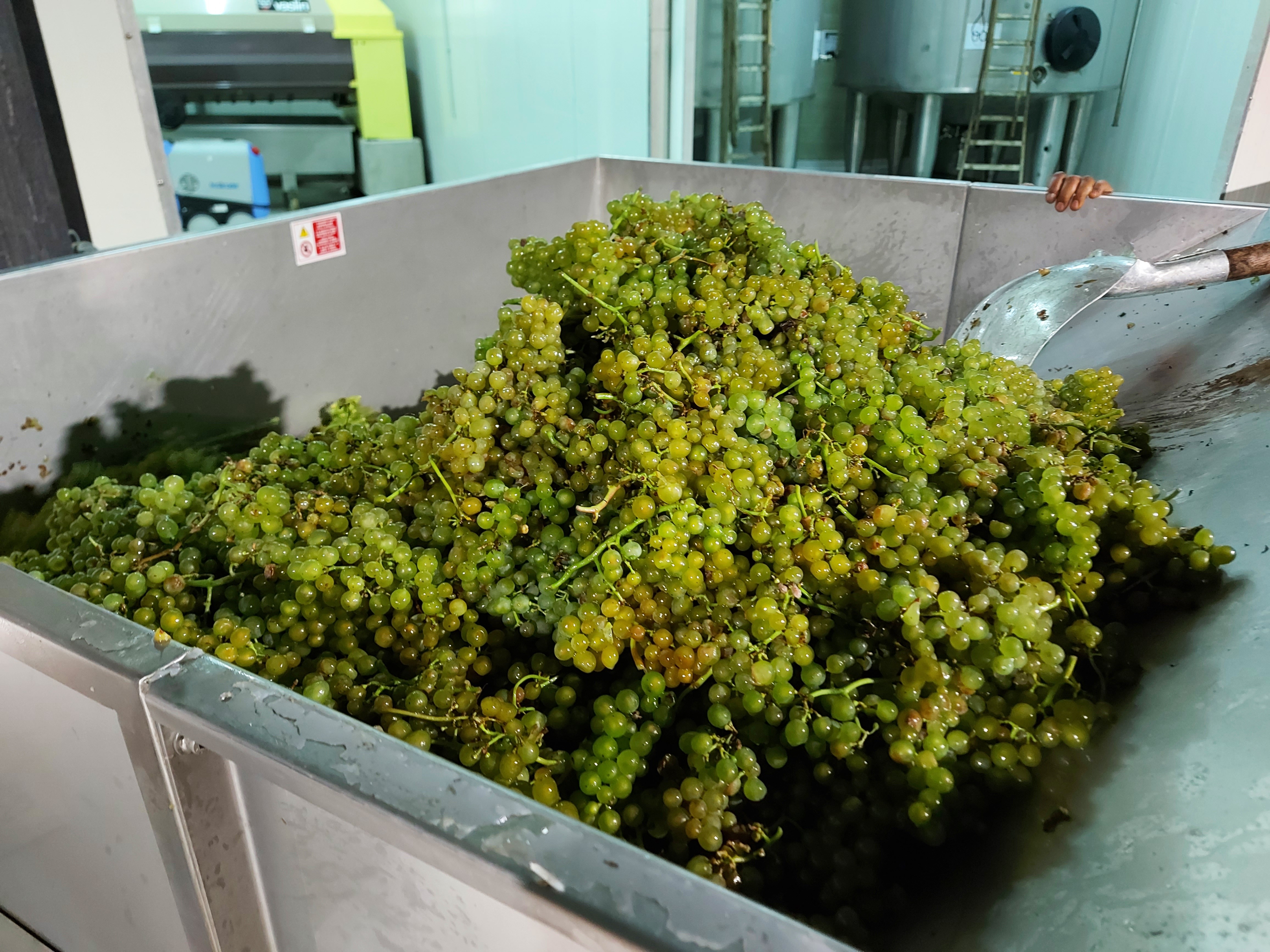
While consumer tastes are perceived as getting more extreme, some breweries prefer to take their fruit additions to ridiculous levels, inevitably still gaining feedback online that their beers aren’t fruity enough. Working with a base product as subtle and nuanced as lambic this approach would be a terrible waste of years of careful ageing and stewardship. Jo prefers to try to find the balance between the fruit flavour and the lambic. ‘It takes a minimum of 1 year to make the lambic, so if you have good lambic, don't hide it behind fruit taste. We don’t make juice, we make lambic beer so you need to be able to taste it. Anyone
can make sour beer, but not everyone can make a good lambic. Creating vinegar isn’t a challenge, the quality product where the base is lambic is a different story, it’s a difficult product to make.’

The difficulty of making great lambic was evident within the community’s attitudes when Lambiek Fabriek first launched. Jo remembered that the immediate reaction was “it’s not possible to have a new producer” or worse, “it can’t be possible that the beer would be good”. Thankfully now if there’s a new producer people are much more positive. ‘In the end though, people came and
visited us, saw the traditional production methods, and most importantly tasted the beer and saw it was good. It’s great to see so many new producers, and if in the end the product is good I don’t see a problem. If tomorrow you moved here to Brussels and made good lambic, I think why not.’
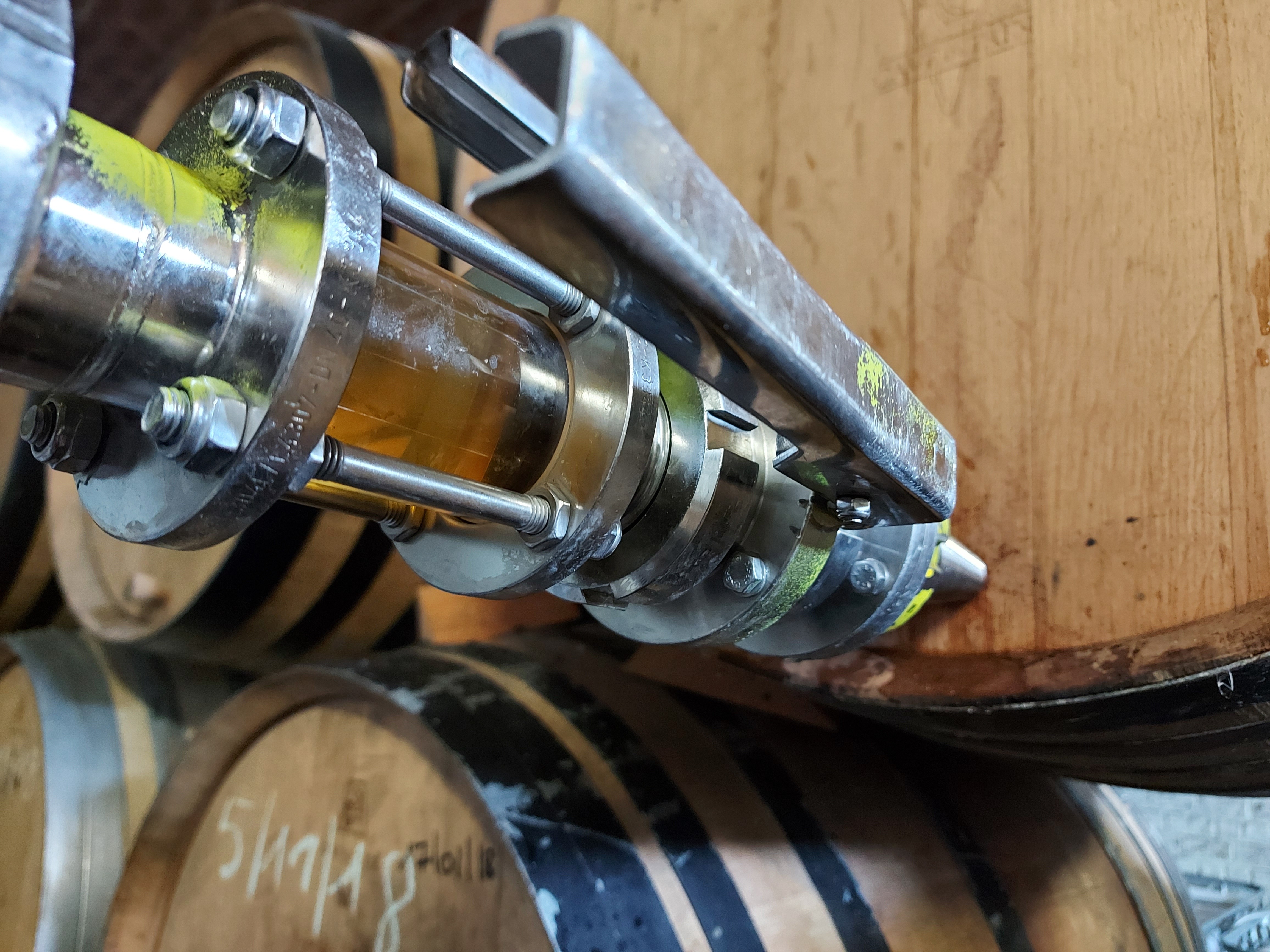
Lambic’s popularity outside of Belgium has grown exponentially over the past few years, and a good range is now essential in bars and shops across the UK. With many of the producers being really small, lambic has been placed on a pedestal as an incredibly rare and special product, but it’s viewed differently in its homeland. Jo is always grounded by this fact and reminds himself that: ‘In the Pajottenland and Brussels lambic isn’t special. It’s a beer from here, and it was always available. My grandmother had a pub, and Gueuze and Kriek were around just like any other beer. For the older people here in the region it’s nothing special. When we have visitors from other parts of Belgium or further away though, to them it’s special. I’m really happy to have the opportunity to make lambic here, but before then, for me it was just a local beer. When you’re making it you really get to know how special it is.’
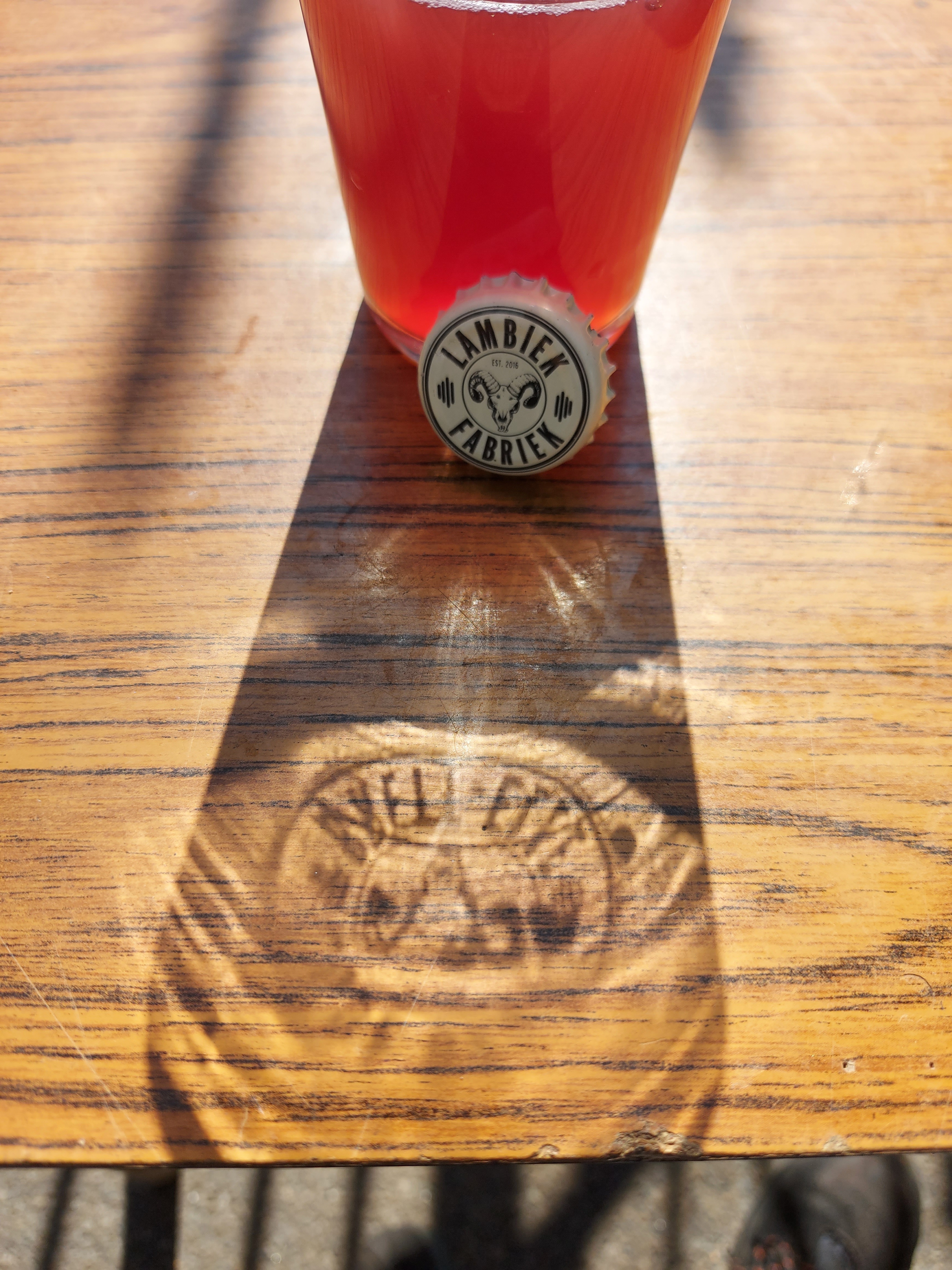
We agree entirely with Jo’s sentiments about just how special lambic is, and are proud to work with the best producers in the region, keeping this amazing style alive and spreading our love of it around the UK.
